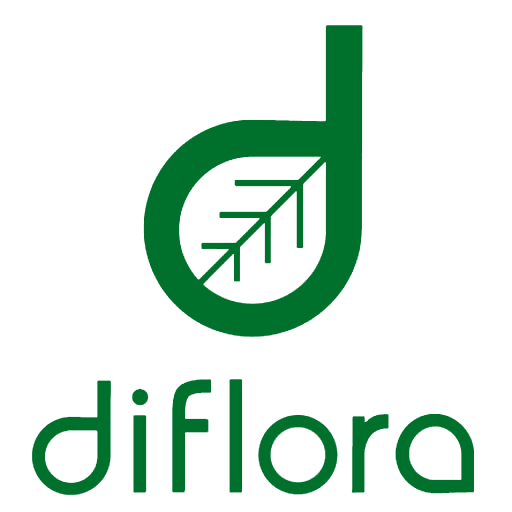Catopsis berteroniana
Small plant Size Guide
15.00€ *
Out of stock
Description
Catopsis berteroniana is an epiphytic bromeliad thought to be a possible carnivorous plant, similar to Brocchinia reducta, although the evidence is equivocal. Its native range is from southern Florida to southern Brazil. It generally grows on the unshaded twigs of trees.
Origin:
Its native range is from southern Florida to southern Brazil.
Description:
- Climate: tropical
- Life-cycle: perennial (no dormancy)
- Form: erect
- Leaf: bright green with silver tones
Additional info:
For more info & photos visit our blog and our page Facebook and Instagram.
Scope of delivery
- Vigorous plants, repotted in the current season, in high-quality soil
- Brick-coloured pot made of recycled plastic (6.5 cm diameter)
- Care guides
- Free access to our plant doctor care service
Care instructions
How we grow Catopsis berteroniana?
In-vitro plants are acclimated in a Grow Chamber with controlled temperatures and humidity. This indoor setup ensure an easy adaptation to extra-vitro condition, guaranteeing the best conditions for plants in this delicate stage. All plants available at the Diflora shop have been acclimatised for at least 3 months. We grow Catopsis berteroniana indoors all year round at a temperature of 20°C and a photoperiod of 16h. Plants are placed under 2 LED lights of 6400K and 24 W at a distance of 20 cm. It is watered from above every day without a saucer to avoid water stagnation. As with the majority of carnivorous plants, we use distilled water produced by our reverse osmosis system.
Lighting:
Full sun all year round! Is recommended to shade slightly or refresh it in the warmer summer months to avoid excessive temperatures that may stunt the plant’s growth.
Watering:
it is recommended to water daily from above, without a saucer, to avoid water stagnation. It is important to use only distilled water or alternatively all waters that have an extremely low mineral salt content. For example rainwater or all condensation water (air conditioner, dehumidifier). It’s important that the conductivity measures below 50 micro-Siemens.
Substrate:
While 50% peat and 50% perlite is fine as a general substrate, we recommend the Heliamphora substrate we have developed and tested for optimal growth of this genus as well.
Seasonally and temperature:
Native range of Catopsis berteroniana is from southern Florida to southern Brazil where it grows on the unshaded twigs of trees. The climate is cool and foggy all year round, so they like high humidity and bright light, without ever warming up. Cooler nights are ideal. These genus plants don’t go into dormancy.
They can be grown on cool, sunny windowsills, but the best plants are grown in climate-controlled greenhouses or terrariums, where the daytime temperature remains at 20°C and the night temperature at 5-10°C degrees and with a high-power fluorescent light.
Additional info:
For more cultivation information visit our care guides or use our plant care support by writing to ilpigliamosche@diflora.it
Source
Diflora started the in-vitro propagation of Catopsis berteroniana from plant parts. Micropropagation allows the preservation of the mother plant genome avoiding contamination and genetic variation caused by traditional pollination followed by seeds production.
Trapping technique
Trapping prey is the main mechanism for obtaining nutrients for Catopsis berteroniana. This species uses a passive trap, called a tank, to trap and digest the target. Because this species is insectivorous, the typical prey that get trapped are insects. The purpose of these traps is to obtain inorganic nutrients from the degradation of insects, most commonly nitrogen and phosphorus. This species is an epiphyte, so most of the insects that get caught in the trap are winged insects. They are lured to the plant by a white powder that is located on the leaves. This powder reflects UV light, so the insect sees the UV reflection better than visual light, because pollen reflects these wavelengths. The organism falls into the fluid where it cannot escape due to the slippery powder on the leaves. The fluid’s purpose is to drown the organisms because most cannot survive in the fluid.



